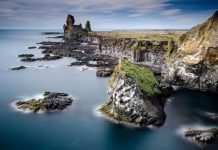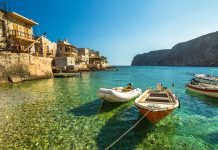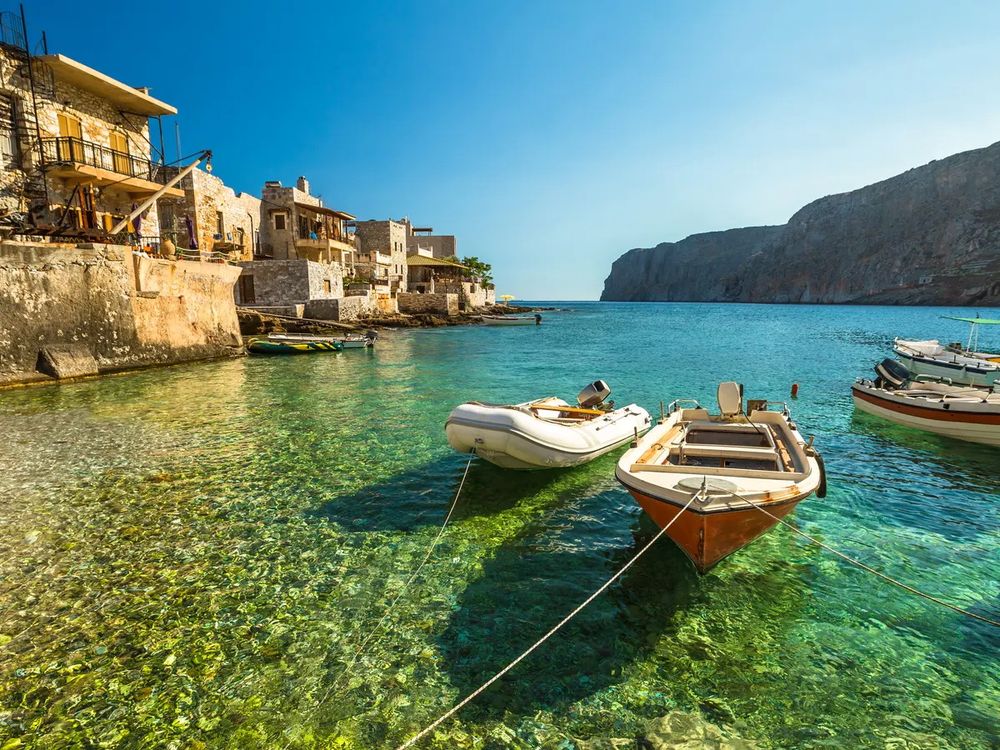Serbia is in many ways the unknown quantity of tourism in the Balkans. It has no equivalent of Kotor or Bled, Mostar or Ohrid – no single sight with the "wow" factor that is so useful in attracting visitors. This is all to the benefit of those travellers who do find their way to Serbia, not least for the chance to meet people who are far from being jaded by tourism. Serbia’s key position on many transport routes makes it easy to visit for a few days as part of a longer trip. But it’s worth staying longer to appreciate the gently rolling countryside, monasteries hidden in wooded valleys, towns as different as Novi Sad and Novi Pazar, and the urban pleasures of Belgrade.
Where to go: some suggestions
Belgrade, the capital of Serbia, was the capital of a much larger country for much of the twentieth century. It still has a dynamism and urban atmosphere that make the other former Yugoslav capitals feel a little provincial in comparison. Like many Balkan cities, an eventful history has left it without many conventionally beautiful buildings, but it compensates with a dramatic situation at the confluence of the Danube and Sava rivers. The rivers are overlooked by the Kalemagdan citadel, one of my favourite city parks anywhere in Europe, a wonderful place to enjoy an ice cream and an evening stroll along with the locals.
Vojvodina, the northern part of Serbia, consists mainly of a plain whose monotony is relieved by the Fruška Gora hills and meandering rivers. The highlight is Novi Sad, a typically Central European city that like Belgrade benefits from its location on the Danube and a hilltop citadel. It’s worth making the short trip to the pleasantly sleepy historic town of Sremski Karlovci.
The region to the southwest of Belgrade, on the way to Montenegro, holds some of Serbia’s most interesting sights. For many people mediaeval monasteries such as Studenica, Mileševa, or Ljubostina are among the highlights of a visit to Serbia. They are modest in size, but the appeal of their architecture and frescos is enhanced by their locations, often in tranquil and isolated valleys. If you want to stretch your legs in the fresh air you could head for Zlatibor mountain. The summits here are low enough to be easily reached on a short hike, but high enough to afford marvellous views of an apparently infinite sequence of ever-higher mountains to the south. In the midst of those mountains is Novi Pazar, a strange mixture of Islamic and Socialist architecture and a good base for visiting yet more monasteries. A good way to enjoy the scenery of western Serbia is to travel to Montenegro on the Belgrade-Bar railway.
Eastern Serbia is even less explored by foreigners, who tend to whizz down the Morava Valley transport corridor towards Bulgaria or Macedonia. Those with a little more time can enjoy yet more mountains, spas such as Soko Banja, and the Skull Tower in Niš (although most of the skulls have disappeared over the years). The fortress-like Manasija Monastery is also a highlight of the area.











